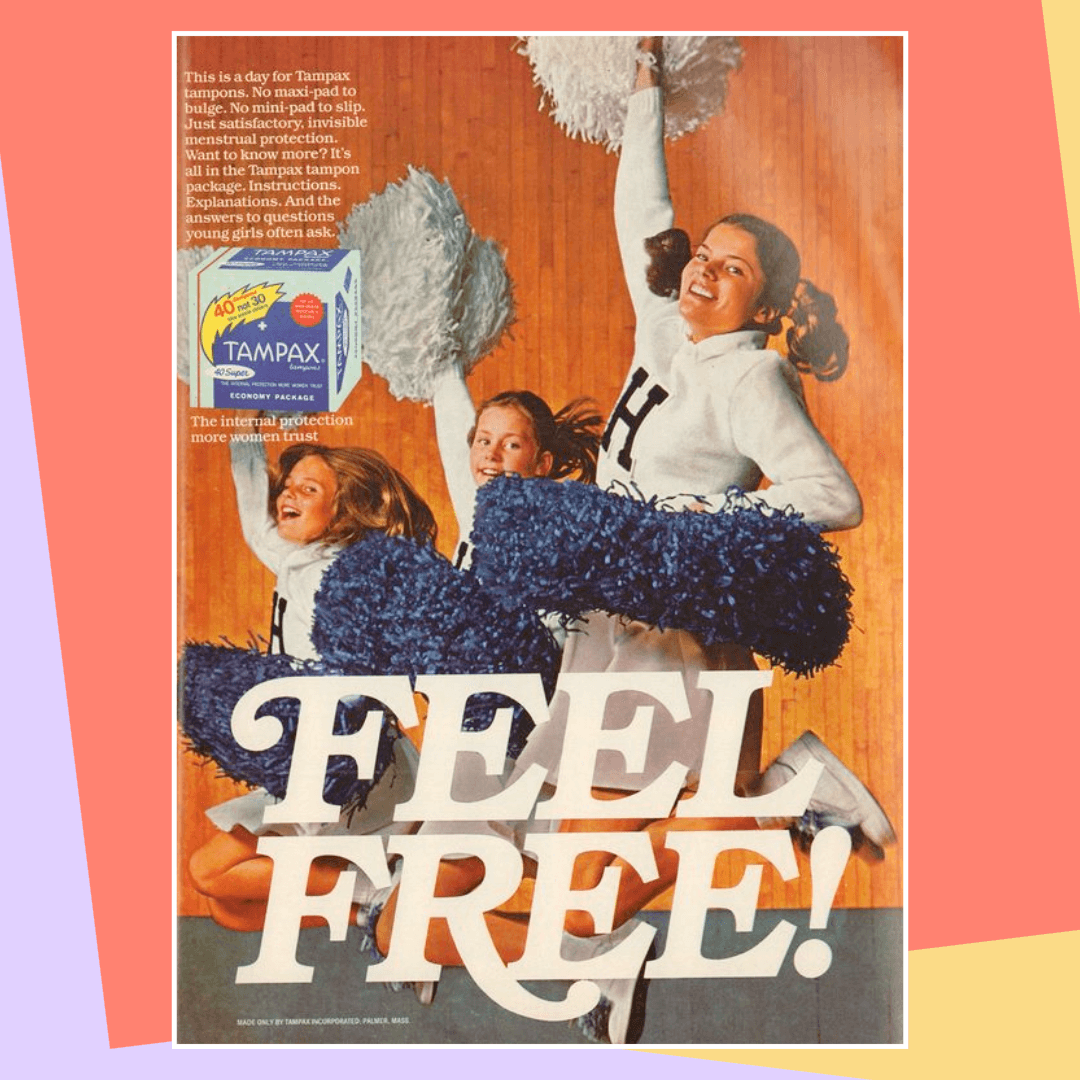I would like to talk to you about a subject that despite happening once a month for half of the world’s population, is often left for hushed voices and intimate spaces. Rather than being celebrated or normalized is instead considered repulsive and stigmatized.
On the rag, shark week, the red river, time of the month are the many metaphors used to say MENSTRUATION without necessarily saying its name.
But in the end, it all comes down to one thing a biological process that is essential to the reproduction of human life.
So, why is something as old as Eve continue to remain a stigma in our modern society?
To better understand the menstrual stigma, we must begin by understanding stigmas in general.
Stigmas hold a role to define who and what is acceptable within the collective.
Canadian Sociologist Irving Goffman defined stigmas as being any stain or mark that sets some people apart from others, it conveys the information that those people have a defect of body or character that spoils their appearance or identity.
In the realm of stigmas, menstruation and menstrual blood are social stains that must be hidden and silenced.
This is especially clear when looking at menstrual ads, where a narrative is repeated of the need to be discrete and free from the inconveniences associated with one’s period.
Although the idea is tempting, it doesn’t provide a solution. Instead, it creates a problem where there was not one to begin with.
So, rather than empowering the viewer, these ads say that there is an innate problem with one’s body and for a price it can all be relieved.
These ads hold the repeated narrative to be discrete and free from the "inconveniences associated with one's period.
Thankfully, much has been done since the heyday of these ads but there is still a long way to go. By traveling through time and shifting cultures, we can see a different perspective.
For example, in Ancient Rome, menstruation was viewed as a powerful force that could ward off enemies, whirlwinds, hailstorms, and lightening.
While the Ojibwe of North America embrace this moment as Moontime, where menstruators take shelter in a Moon lodge for 4 days to cleanse and regenerate their energies while being taken care of by members in the community. Allowing one to connect with their body through reflection and regeneration.
As Grandmother Moon is the weaver of tides so a woman’s cycles follow the rhythm of that weaving.
Jamie Sams
Thankfully, stigmas are not set in stone and can mend with the changing times and minds of society.
Yet to do this, it takes bold souls who are willing to risk being cast aside for standing up for what they believe in.
In 2009, activist Kiran Gandi decided to do just that by voluntarily living every menstruators biggest fear. She ran the London marathon (26.2 miles) while free bleeding. Crossing the finish line with the clear markings of her period.
You might be asking yourself, why would someone do that? Well, in an interview Kiran she that her intentions were to raise awareness about Period Poverty.
The presence of menstrual stigma brings to light how silence is used to deprive some access to proper healthcare, menstrual hygiene products and education.
Believing that menstruation make’s one body a problem is paradoxical, it is as natural as the sun and the moon and without it we would not be here today.









